CONSERVATION & WILDLIFE
Management of the Estates is now undertaken to a significant degree to deliver specific biodiversity benefits. Much of Strathspey Estate falls within the Cairngorms National Park boundary, with over 14,200 acres designated as Sites of Special Scientific Interest (SSSI).
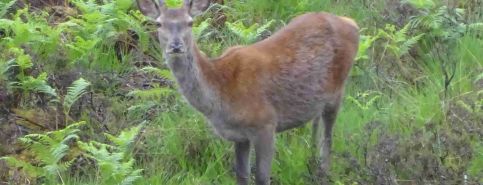
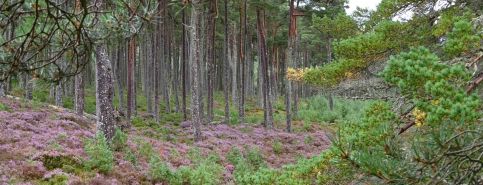
Large areas are also designated as Special Protection Areas (SPAs) and Special Areas of Conservation (SACs). Moreover, the estate has commitments to work with Scottish Government agencies to manage deer numbers on Kinveachy to allow regeneration of the ancient Caledonian Pine Forest.
Heather is also an important resource and, while grouse shooting is less of an economic driver for the estate now than in previous years, considerable planning and manpower is still required to retain and promote heather growth, and burning and cutting are important aspects of today’s moorland habitat management.
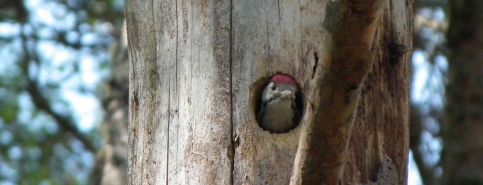
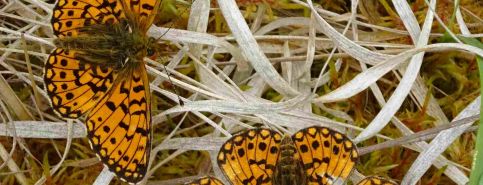
There is a multitude of wildlife to be found on the estates, ranging from red and black grouse to other upland species such as skylark, curlew, golden plover, lapwing, and mountain hare. We’re also proud to host a variety of raptor species, including: buzzard, golden eagle, white-tailed eagle, hen harrier, hobby, kestrel, merlin, peregrine falcon, red kite and sparrowhawk.
Explore our woodlands and you may be lucky enough to glimpse a capercaillie, crested tit or Scottish crossbill. The area is also famous for its ospreys which return from western Africa each year to breed in Strathspey.
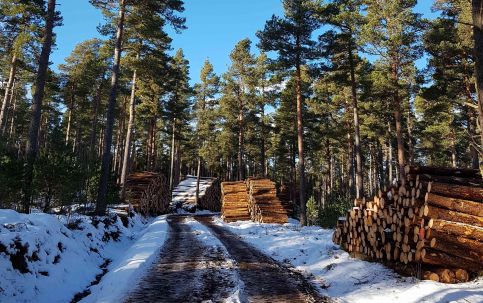
The estate has an abundance of paths and tracks available across our ground taking in many viewpoints and places of interest.
In 2011, Seafield and Strathspey Estates were recognised by Wildlife Estates, a European initiative to establish a network of exemplary estates showcasing simple principles of good management and conservation, following the EU Natura 2000 directive and following the UK Woodland Assurance Standard.

